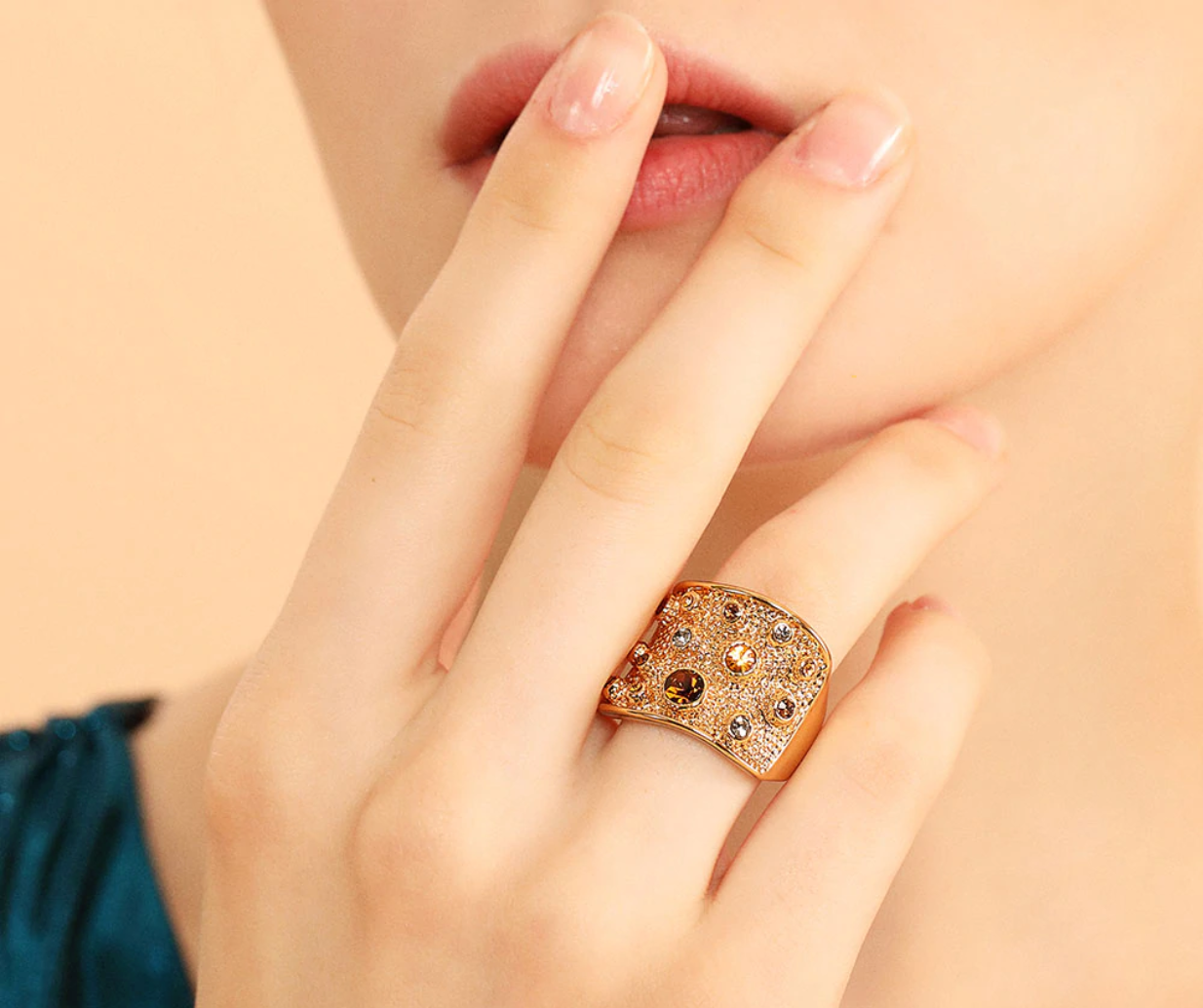I want to walk you through the basic principles of writing fashion articles step by step. This knowledge will help you connect with potential clients and secure your status as an expert. The more articles you post on the Internet and in print publications, the more recognizable your name will be and, as a result, your status will increase and more people will use your services. You can also become a writer in this industry on the WriteMyEssayOnline service.
1.Don’t start your creative journey by describing collections. It might seem that an article describing a collection is the easiest and most cost-effective way to get the creative process going. And really, what is there? I copied the pictures, indicated the source, jotted down a quarter of a sheet of text, and voila! The article is ready! However, the notes-descriptions of the collections are the aerobatics of fashion journalism.
- What to write about? About the trends that can be traced in the collection, about the designer, about the style of the collection, about the techniques: cut, design, fabrics, some moments from history, the nuances of the show, your perception, but not from the position of “I would wear”, but how- that is more adequate. Over time, in the process of working out, you, already knowing the intricacies of the career movements of fashion designers, biographies, stories of fashion houses, etc., will give out a description for one or two, and at the first refrain.
- Don’t use clichés. Ignorance of the question and the desire to pass as many signs as possible (and the authors are paid, as a rule, for the number of letters, periods, and commas), generates kilometers and vulgar phrases that litter the texts, but stubbornly wander from article to article.
- If you’re writing a biography, choose interesting people. Do not rewrite Chanel’s biography 1001 times in your own words, highlighting the halo above her head even brighter. Start with what is already meaningful, for example, with biographies of designers, critics, famous editors of fashion publications. Read not one, but three, five-ten articles about the chosen character, try to compose a more voluminous portrait than the banal “greatest in the world of fashion”, etc.
- Create reasoning materials. Every day, semi-scandalous photoshoots or news appear on the network, such as, for example, the story about plus-size model Tess Holiday. Take these pictures and present them from a different angle from the opinion of the majority.
- Get inspired by your creativity. By the way, borrowing, or even outright theft of texts is a big problem for authors. You are inspired by someone’s idea, good, but you don’t need to rewrite whole phrases, copy photos and arrange the order of presentation of the material in the same way as in the source! This is elementary, but for some reason, it is not clear to many.
- Understand the publication format and follow it. You need to go from the idea of your readers. So, a Vogue reader is an urban modern woman. She wants to be explained to her what is fashionable, how to be beautiful, what to read and know, to shine in front of others, and be pleased with herself. An understanding of the interests of the reader leads to an understanding of the format of the journal. A format is a filter through which information is passed. The author gives a clear understanding of what we are writing about in this publication and whatnot.
- The style of presentation is important. The visual style is also one of the markers of a fashion publication. Sidebars, subheadings, drop caps, photo collage – all this is used in the design of articles. Therefore, if you run a newsletter or blog, formulate a clear understanding of its format – what you will write about. And style – how you write. Only in this case is it possible to acquire a recognizable “voice”.
- Learn to describe things correctly. Be specific and pay attention to detail. Don’t let yourself be fooled by missing important stats. The desire to “get to the bottom”, the ability to work with details, understand the language of the industry is a good entrance test for professional aptitude.
10. Work on the news – this is also the author’s text. Each area has its own rules. Sometimes, to better understand the industry for which you are writing, it is helpful to look into the opposite. For example, gloss writers need to be able to select worthy news from wordy and high-flown press releases of fashion brands and present them interestingly for readers. The key to this is to discard the unnecessary and convey the important and interesting in a simple living language, not forgetting about the design of the text. An experienced author often works with a designer to select photographs and create a graphic design for material, including news.





